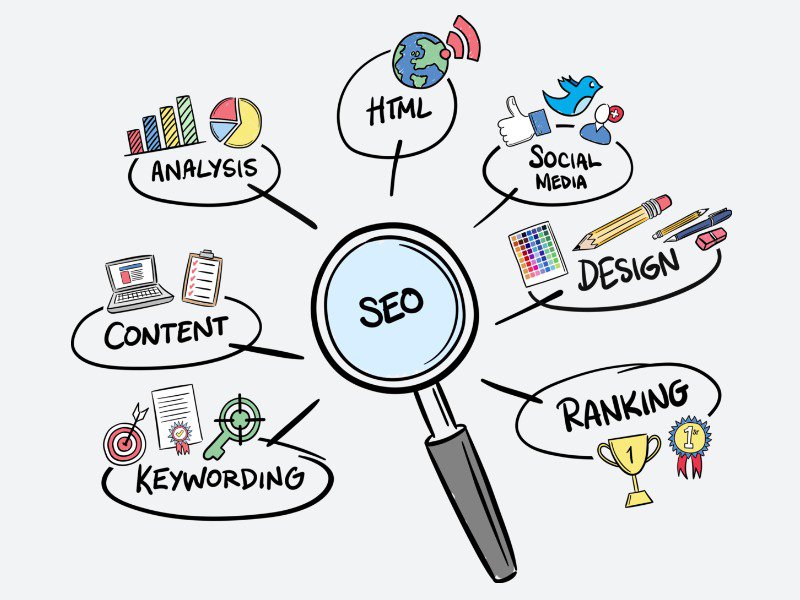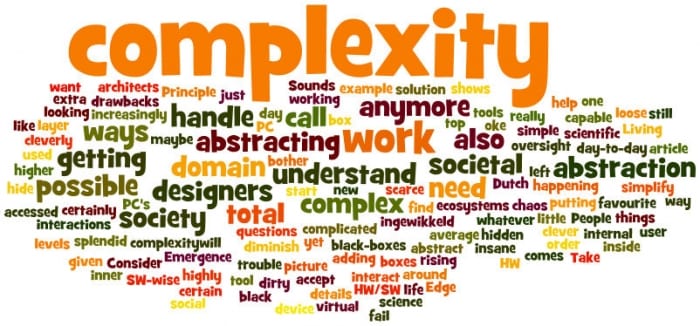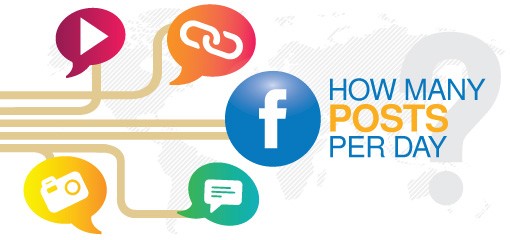Introduction:
Deciding on the optimal length for a technical blog post can be a challenging task. The length of your content can significantly impact its readability, SEO performance, engagement, and overall effectiveness. This blog will provide a comprehensive overview of the factors you should consider when determining the length of your technical blog posts.
- Purpose of the Blog Post
The purpose of your blog post is the primary factor that determines its length. Different types of content have varying requirements for depth and detail.
- Educational Content
For educational content, such as tutorials, how-to guides, and detailed explanations of complex concepts, longer posts are often necessary. These types of posts require thorough explanations, step-by-step instructions, and possibly code snippets, diagrams, or screenshots to ensure the reader fully understands the topic.
- Opinion Pieces and Thought Leadership
Opinion pieces and thought leadership articles can be shorter, especially if they focus on providing insights, reflections, or personal viewpoints. These posts should be concise and to the point, while still providing enough context to support the opinions expressed.
- News and Updates
When writing about industry news or updates, brevity is key. Readers typically seek quick, digestible information about the latest developments, so a shorter length is more appropriate.
- Audience Expectations
Understanding your audience is crucial to determining the appropriate length of your technical blog posts. Different audiences have different preferences and needs.
- Expertise Level
- Beginners: For an audience of beginners, more detailed explanations and step-by-step instructions are necessary, which may result in longer posts.
- Intermediate Users: Intermediate users might prefer a balance between depth and brevity, focusing on specific aspects of a topic without excessive detail.
- Experts: Experts usually look for in-depth analysis, advanced concepts, and comprehensive discussions, which require longer, more detailed content.
- Reading Habits
Consider your audience’s reading habits. Are they looking for quick solutions they can scan through, or do they prefer in-depth articles they can spend more time reading? Understanding this can help you tailor your content length to meet their preferences.
- SEO Considerations

Search engine optimization (SEO) is an important factor when deciding on the length of your blog posts. Longer posts generally perform better in search engine rankings, but quality and relevance are equally important.
- Keyword Density and Placement
Longer posts allow for a more natural distribution of keywords, which can improve SEO without resorting to keyword stuffing. Ensure that your keywords are strategically placed in the title, headings, and throughout the content.
- Backlinks and Sharing
Comprehensive posts are more likely to attract backlinks and shares, as they provide valuable information that other sites and readers find useful. This can enhance your blog’s authority and improve its search engine ranking.
- User Engagement Metrics
Longer posts can increase the time users spend on your page, which is a positive signal to search engines. However, if the content is too lengthy without maintaining reader interest, it may lead to a higher bounce rate. Balancing length and engagement is key.
- Topic Complexity
The complexity of the topic significantly influences the length of your blog post. More complex topics naturally require more detailed explanations and, therefore, longer content.

- In-Depth Analysis
For topics that require in-depth analysis, such as detailed technical comparisons, case studies, or comprehensive guides, longer posts are necessary. These posts should cover all relevant aspects, provide thorough explanations, and include supporting data and examples.
- Simple Topics
Simpler topics that do not require extensive explanation can be covered in shorter posts. The key is to provide sufficient information without overwhelming the reader with unnecessary details.
- Use of Headings and Subheadings
Breaking down your content into sections with clear headings and subheadings makes it easier for readers to navigate, regardless of length. This structure helps readers find the information they need quickly.
- Visual Aids
Incorporating visuals such as diagrams, screenshots, and videos can help explain complex concepts more succinctly than text alone. This can effectively reduce the length of your written content while maintaining its informative value.
- Lists and Bullet Points
Using lists and bullet points can convey information more concisely, making it easier for readers to digest key points without wading through long paragraphs.
- Reader Engagement and Retention
The goal of your blog post should be to keep readers engaged and retain their attention throughout. Consider the following strategies:

- Scannability
Most readers scan content rather than reading every word. Ensuring your blog post is scannable by using short paragraphs, bullet points, and headings can make longer posts more reader-friendly.
- Interactive Elements
Interactive elements such as quizzes, code snippets with live previews, and interactive diagrams can keep readers engaged for longer periods, even in lengthy posts.
- Clear Takeaways
Ensure that each section of your blog post provides clear takeaways or actionable insights. This helps maintain reader interest and provides value, regardless of the post’s length.
- Frequency of posting
Consider how often you plan to publish new blog posts. If you publish frequently, you may opt for shorter posts to maintain a consistent publishing schedule. Conversely, if your posts are less frequent, longer, more comprehensive posts may provide greater value to your readers.

- Resource Availability
Evaluate the resources you have available for content creation. Longer posts require more time and effort to research, write, and edit. Ensure you have the capacity to produce high-quality content consistently.
- Audience Engagement
Monitor your audience’s response to different post lengths. Use analytics tools to track metrics such as time on page, bounce rate, and social shares. This data can provide insights into your audience’s preferences and help you adjust your content strategy accordingly.
Conclusion
Determining the optimal length for your technical blog posts requires a balanced approach that considers the purpose of the post, audience expectations, SEO considerations, topic complexity, content structure, and reader engagement. By carefully evaluating these factors, you can create content that is informative, engaging, and effective in meeting your goals. Remember, there is no one-size-fits-all answer to the ideal blog post length. The key is to provide value to your readers while maintaining their interest and attention.

